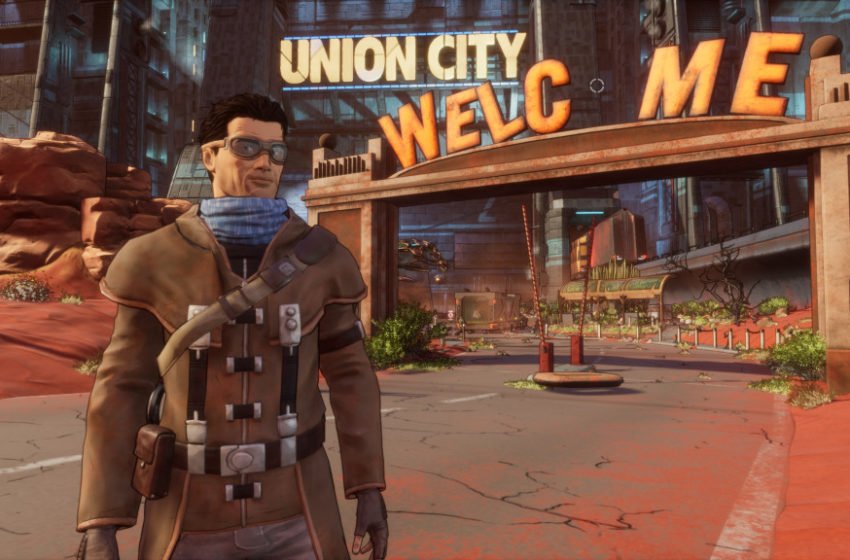
The utopian future depicted in many science-fiction stories almost always contains some horrible truth hidden beneath the surface. In Beyond a Steel Sky, you set out to discover this truth, and along the way you learn that it’s not only the setting but the game itself that suffers from internal issues preventing it from being great.
Beyond a Steel Sky is a sequel to Beneath a Steel Sky, a 1994 point-and-click science-fiction adventure game. The story picks up a decade after Beneath’s conclusion, bringing the protagonist Robert Foster back to Union City to see what’s happened since his departure
The gameplay feels plucked right out of the ‘90s, but it features a handful of modern twists used by other adventure games. Recollections to Telltale’s games, such as The Walking Dead and The Wolf Among Us, are evident, a fact that’s helped along by the comic-book visuals. There are puzzles around every corner, and the answer is always in front of you, waiting for you to click the right pieces together in order to move forward.
But what really bogs down Beyond are the bugs, which often make for a frustrating experience. At its core, though, the game has a fun approach that is exciting to unravel.
An adventure inside Union City
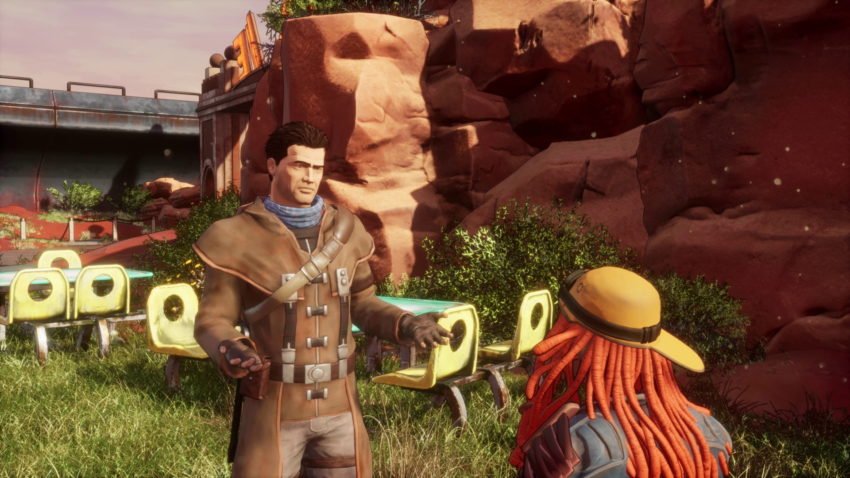
Foster is dragged into the whole mess because a large mechanized creature has stolen a young child from his village. Foster follows the creature to the steps of Union City and discovers how much had changed since he departed 10 years ago, after leaving it in the hands of the robot, Joey, he’d created as a child, and which accompanied him in the first game. A lot has changed, and not for the better. Now, Union City functions through a social point system where citizens receive more points based on their happiness.
While it’s been over 25 years since the first game’s release, Beyond is exceptionally good at giving you small details about what happened, why Foster and Joey are rising against the city, and why Foster left the city in Joey’s control in the first place. These little details are gradually given by Foster commenting on any object you interact with, which is helpful, but admittedly does become annoying over time.
What stands out the most is Joey’s dialogue. The amused robot hits all of the correct notes and is extremely humorous, contrasting Foster’s sometimes generic approach to things. When Joey becomes a regular, it’s a treat, and he’s a character you want to see take center stage.
Old school point-and-click’s still got it
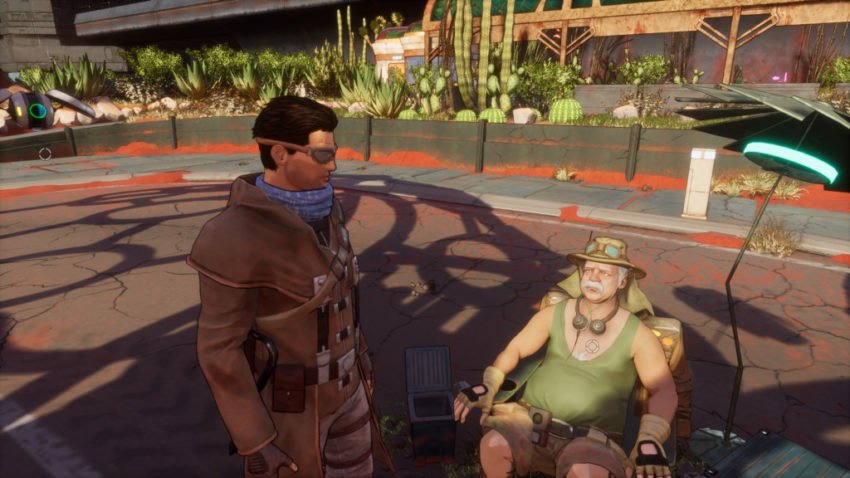
The gameplay of Beyond involves Foster walking up to and interacting with objects he can use or add to his inventory. You sometimes have to use items from Foster’s inventory to make another thing work, and it can be a little frustrating to continually have to roam around, back and forth, as you discover what you need to do next. However, when everything clicks into place, it’s a gratifying experience, even if you feel silly for not seeing the answer immediately.
This becomes the rinse-and-repeat pattern of the game, with the puzzles increasing in difficultly and complexity. For example, Foster gains an item that grants him access to the inner workings of machines, allowing him to switch up their routines. When standing between a fast vent and a slow-moving conveyor belt, he can make the fan’s rotators move slowly and the conveyor belt faster. That serves as one of the introductory mechanics to the game, and later on, you have to do a similar process, but you need to wait for a robot or machine to be close enough to Foster for it to work.
It becomes rewarding to find these small moments of triumph in Beyond. But on the flip side, it’s exhausting when you’re stuck on a puzzle and the problem is actually not you, but rather a bug that is preventing you from progressing.
Bugs sour the entire journey
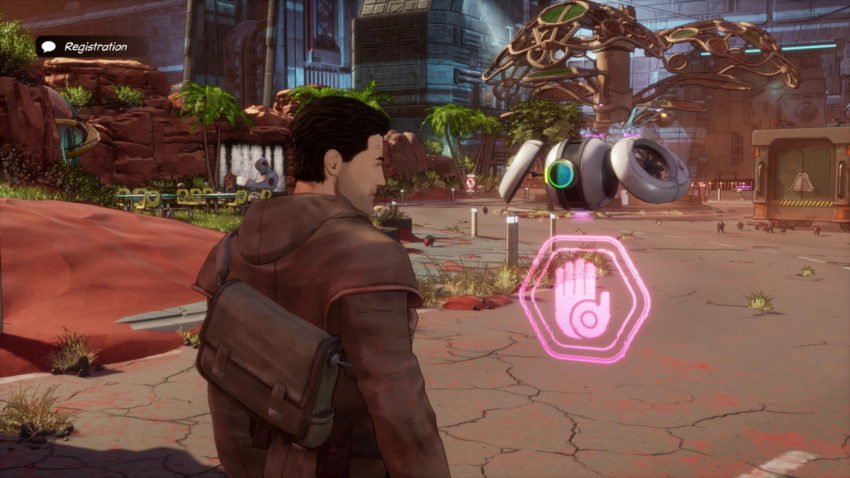
The smaller bugs in Beyond vary from dialogue loops to invisible objects to the camera behind Foster preventing you from seeing what was going on during a dialogue sequence. These were fine, and I mostly overlooked them because they gave the game an older feel to it that fit the aesthetic of the experience.
However, some of the more severe bugs I encountered placed a solid halt on my experience. One of them prevented me from progressing to the next area, so I had to load a previous save, losing 20 minutes of gameplay and being forced to repeat the area. One particular bug was so damning I had to completely restart the game with a fresh save.
Most bugs remained minor, past the one glaring incident, but they kept me wary whenever I found myself stuck on a problem. I had to approach every puzzle with the mindset that maybe the game, not I, was doing something wrong, or perhaps that a particular script hadn’t fired correctly. This severely detracted from the gameplay experience and, given that the game has been available in beta on Apple Arcade since June 26, it doesn’t feel like too much to expect game-breaking bugs to have been reported and fixed by now, weeks later, with the game’s full release.
The verdict
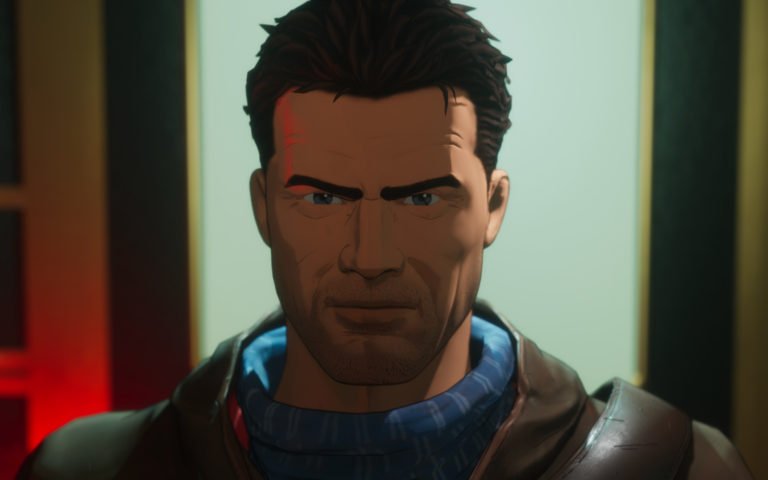
The core experience of Beyond is fun, from the hacking you can utilize to cause trouble to the environment to listening to the superb dialogue between Foster and Joey. The gameplay is rewarding when it works properly, but the frequent bugs, big and small, added an unfortunate layer of stress to the experience.



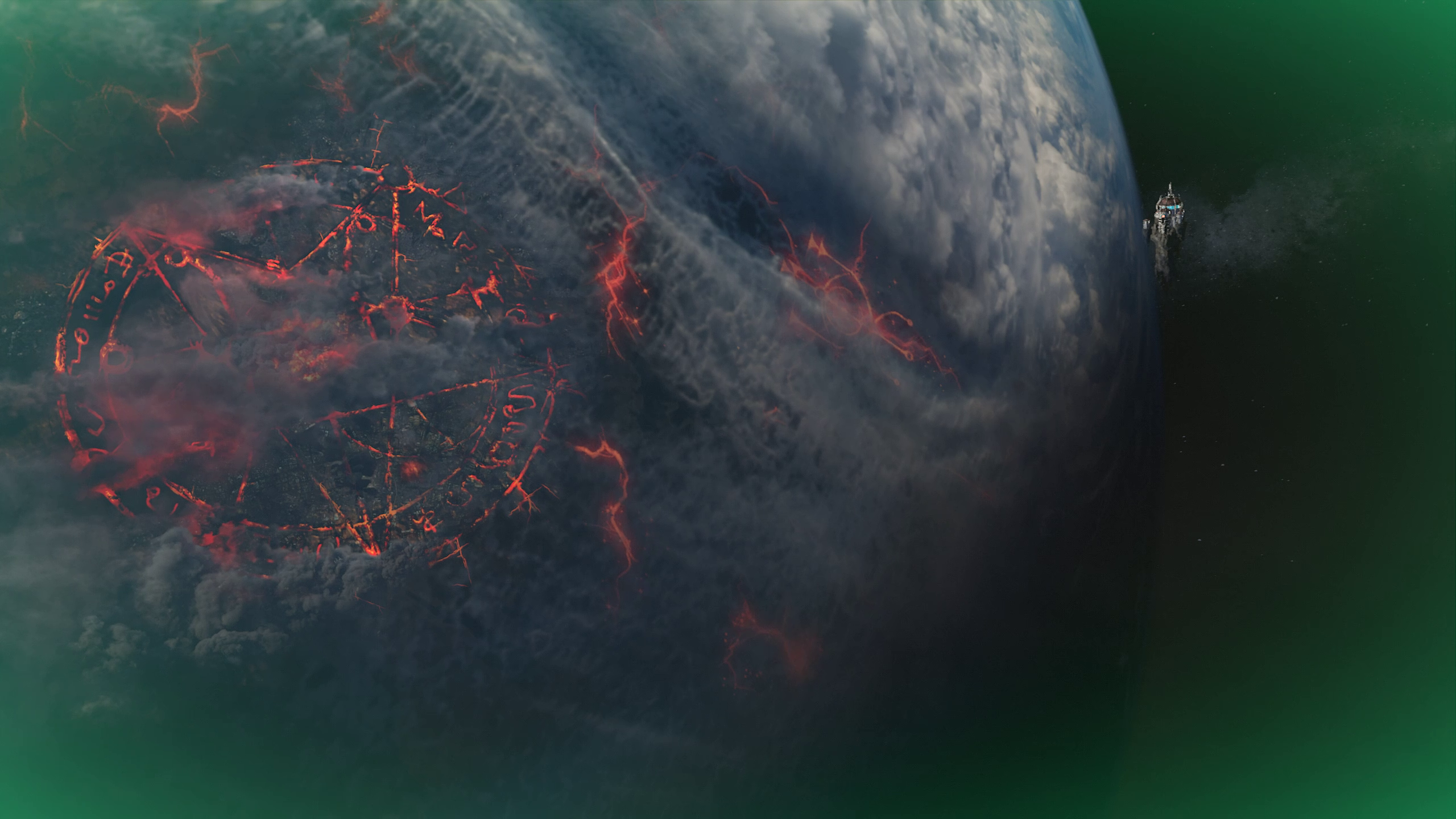
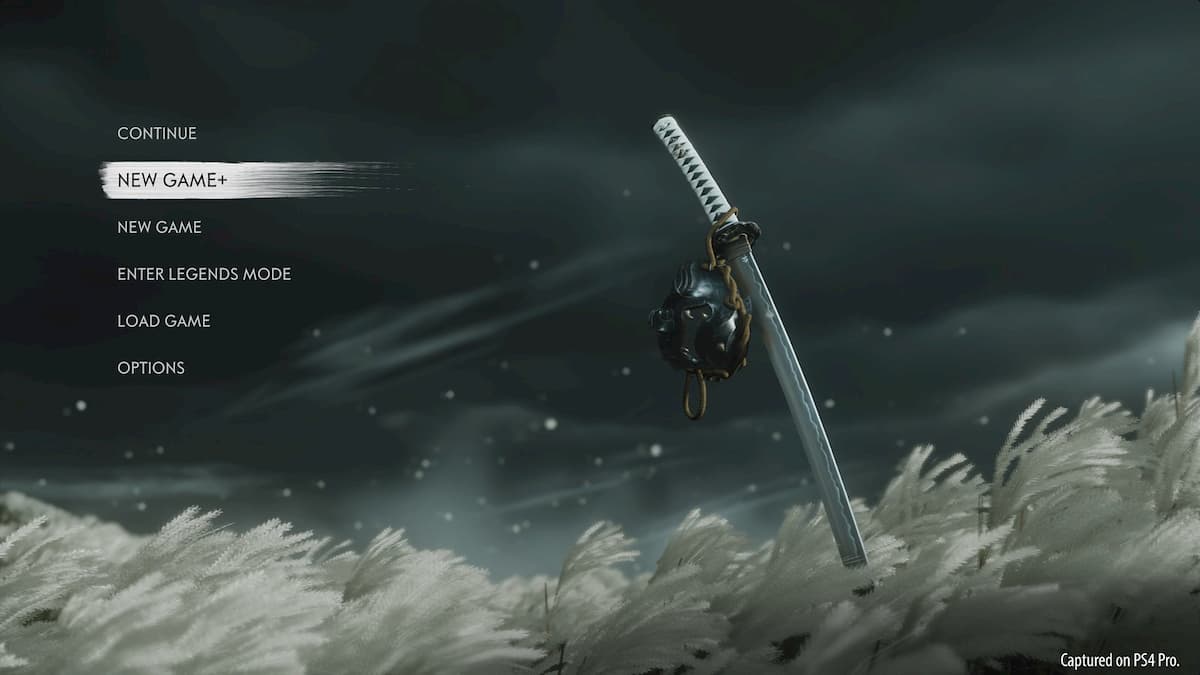


More Stories
Doom Eternal review
Review: The Last of Us Part II complicates the idea of right and wrong
Dirt 5 review